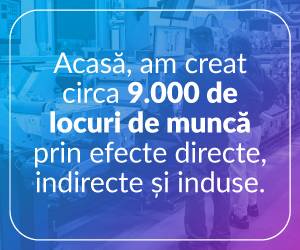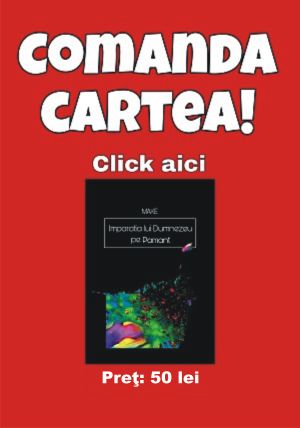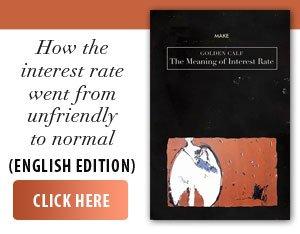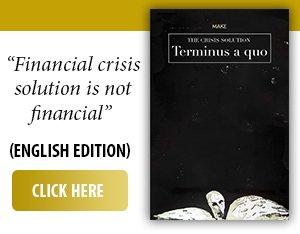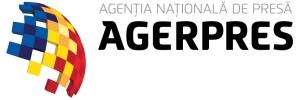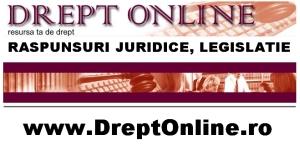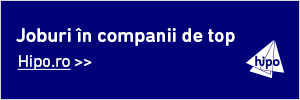Last week, the Romanian government approved the continuation of the European Union School Programme for the period 2023-2029, allocating a record budget of 798.1 million lei for the 2025-2026 school year. The official goal: promoting healthy eating and reducing food waste among over 1.85 million children. But, beyond the declarations, the central question remains: is this programme a smart investment in the future or a rigid consumption of public resources, insufficiently adapted to socio-economic realities?
• Costs are rising, efficiency remains questionable
The budget increased by almost 5% compared to the previous year, and over 90% of the money comes from the national budget, while the EU contributes only 17.4 million euros.
The increase is not the result of an ambitious strategy to diversify children's menus, but rather of food inflation and the increase in VAT to 11%. Thus, daily portions have been adjusted marginally: fruits and vegetables: +0.10 lei/portion; milk and dairy products: +0.07 lei/portion; bakery products: +0.11 lei/portion. The key question: does this increase translate into real benefits for children or does it just cover market price increases?
• A social program with limited impact
Although the program has the merit of ensuring a minimum uniformity in children's access to basic food products, critics point out that the nutritional effect is modest.
A piece of fruit a day or a croissant cannot compensate for the lack of a coherent national strategy for nutrition and food education. Moreover, the standardized distribution does not take into account regional diversity or the real preferences of children, which often leads to food waste even in schools - exactly the phenomenon that the program aims to combat.
• Public policy or electoral instrument?
At the European level, Romania is aligning itself with a common initiative, but with a disproportionately large national financial contribution. In the absence of clear mechanisms for assessing the impact, there is a risk that the program will be perceived more as an image measure than as a strategic investment. For the business environment, the program has direct implications: it generates substantial public contracts for local suppliers and distributors. However, without transparency and real competition, this segment risks becoming a closed market, dependent on political decisions.
On paper, the "Schools Program” ticks several objectives: health, education, social inclusion. In reality, it raises questions about its budgetary sustainability and efficiency in relation to the investments made.
Specialists argue that for this initiative to be successful, Romania needs: real monitoring of the impact on children's health; flexibility in adapting menus to local specifics; transparency in awarding contracts; integration of the program into a national nutrition strategy. Otherwise, the risk is that, in six years, the balance sheet will look more like a recurring electoral expense than a visionary investment in the future of children.






















